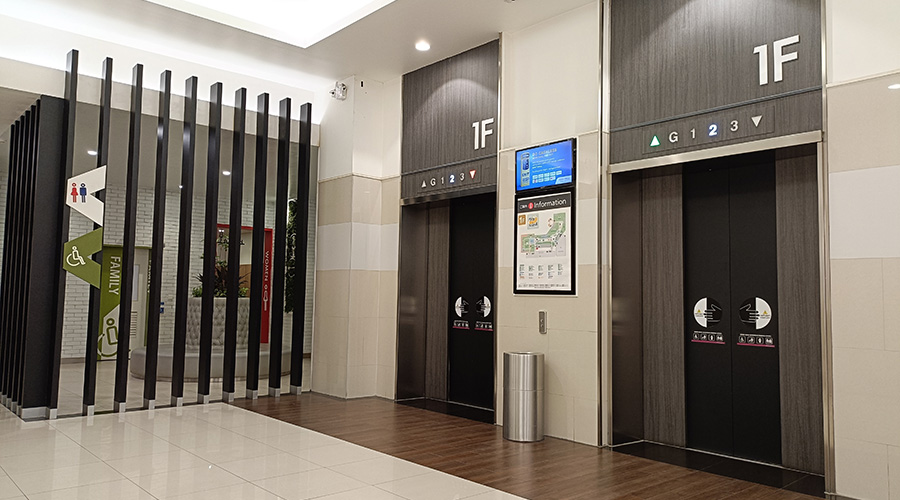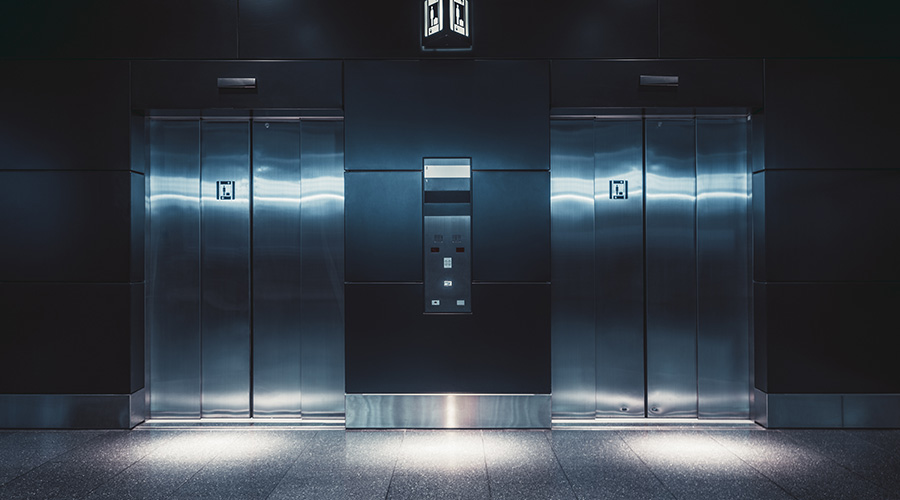Destination Dispatch Systems Cut Down on Total Travel Time
John Toto, director of engineering, Fujitec, says that the primary goal of destination dispatch is to cut down on overall travel time, so that the time between when you push the button for the floor you want and the time you arrive there is reduced compared to a traditional system.
The technology is not new, says Bill Fiacco, president of sales and marketing, Schindler Elevator Corp., but it has been improved.
"Early versions of the algorithms for dispatching made it mostly useful for morning peaks and afternoon peaks," he says. "New versions offer efficiency all day," by not only streamlining travel, but even offering the ability to take a certain number of elevators out of service based on traffic patterns. While the power required to run elevators may pale in comparison to, say, HVAC, not having to keep them all on all the time still offers some energy savings.
"It's trying to apply some logic to how you're dispatching people in order to mitigate the amount of stops you have to have," says Watkins.
The technology offers some other benefits as well. It can be integrated into a security system so that instead of having to check in each time you walk into the facility, you simply swipe a keycard or keyfob and receive your elevator assignment that way. It can also be used to restrict access only to certain areas based on the type of visitor. For example, in a hotel application, guests could be restricted to their floor and the floors for the pool and the gym. Or, in a multi-tenant office building, employees could be given access only to the floors occupied by their company, while visitors could be granted access only to one floor.
And while it is a departure from years of ingrained "see button, push button" habit, Fiacco says that visitors to the facilities quickly catch on.
"When we first started out (with the technology) years ago, we made these big splashes," to inform users, including lobby posters and his company's employees on-site to help answer questions, he says. "Very shortly, we found out it takes the user all of one use to understand how the system works. The adoption period is extraordinarily short."
Related Topics:














